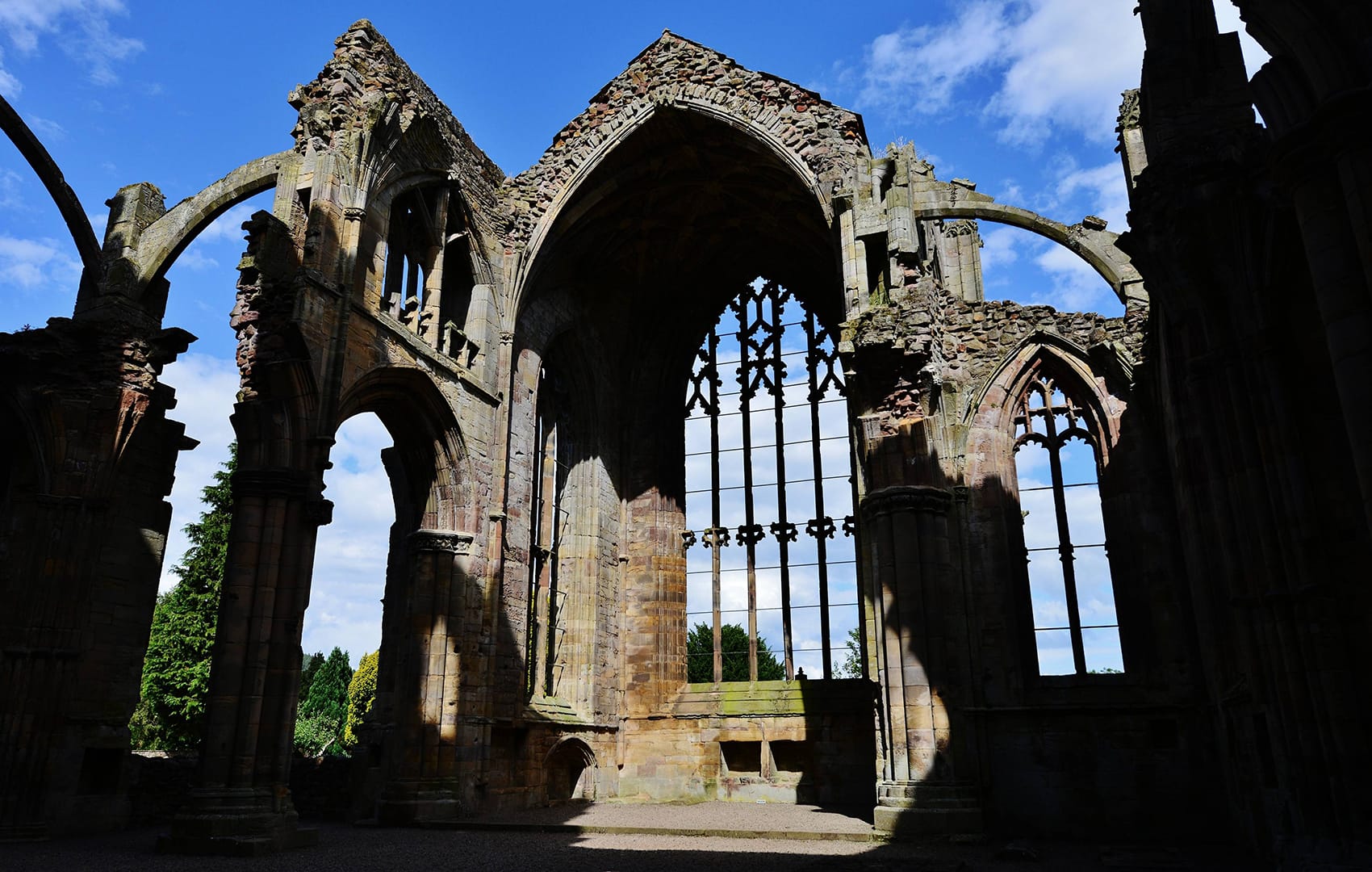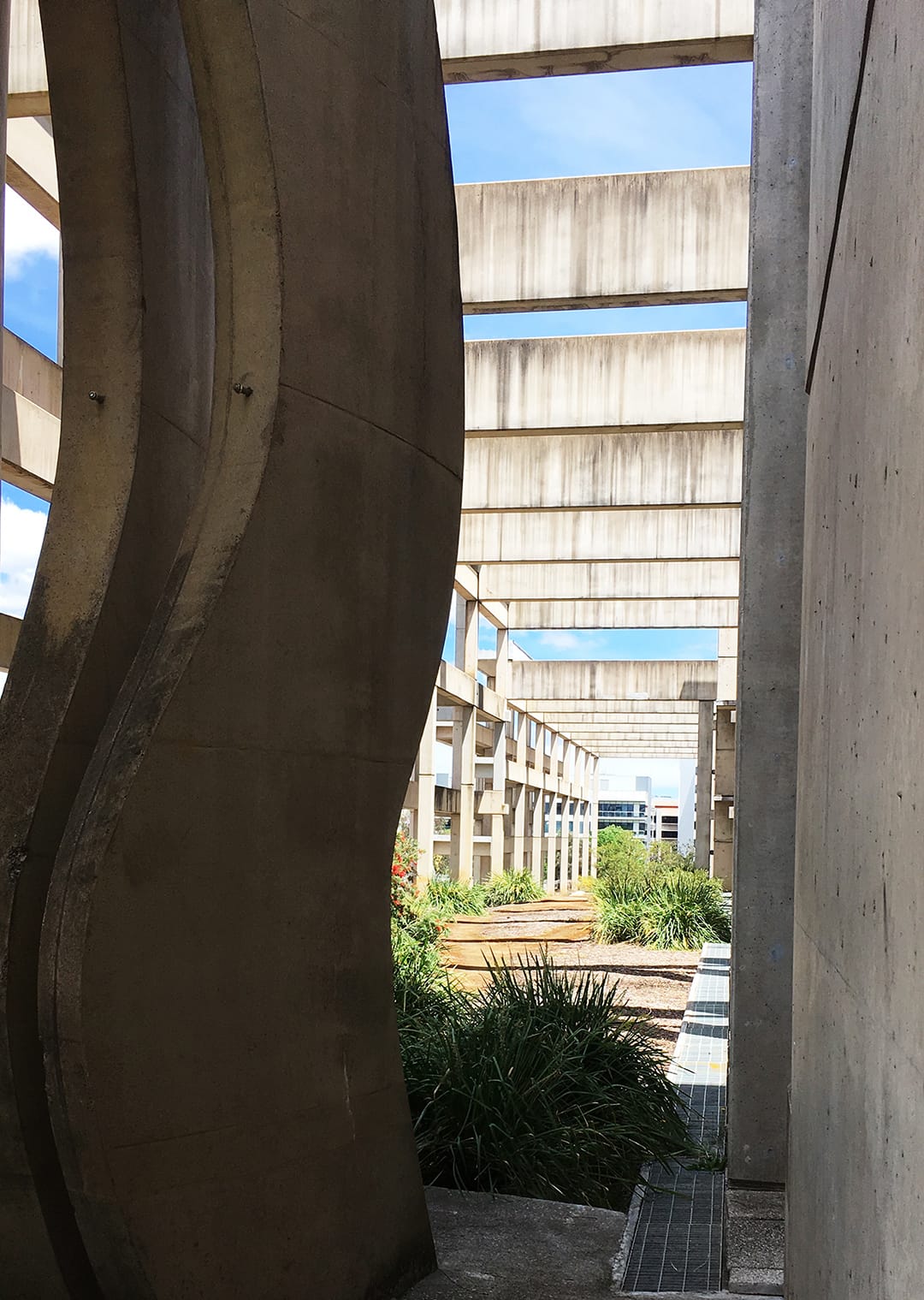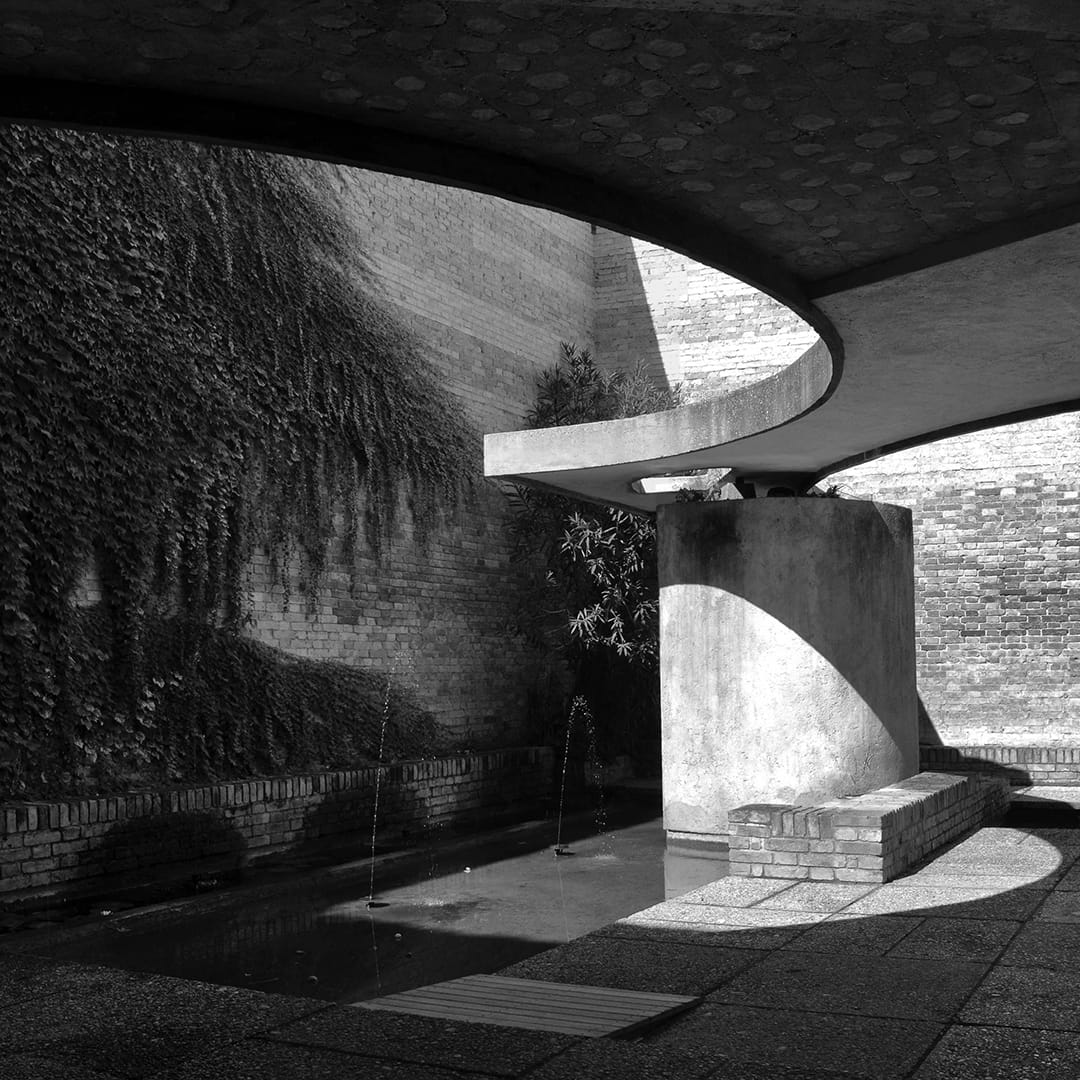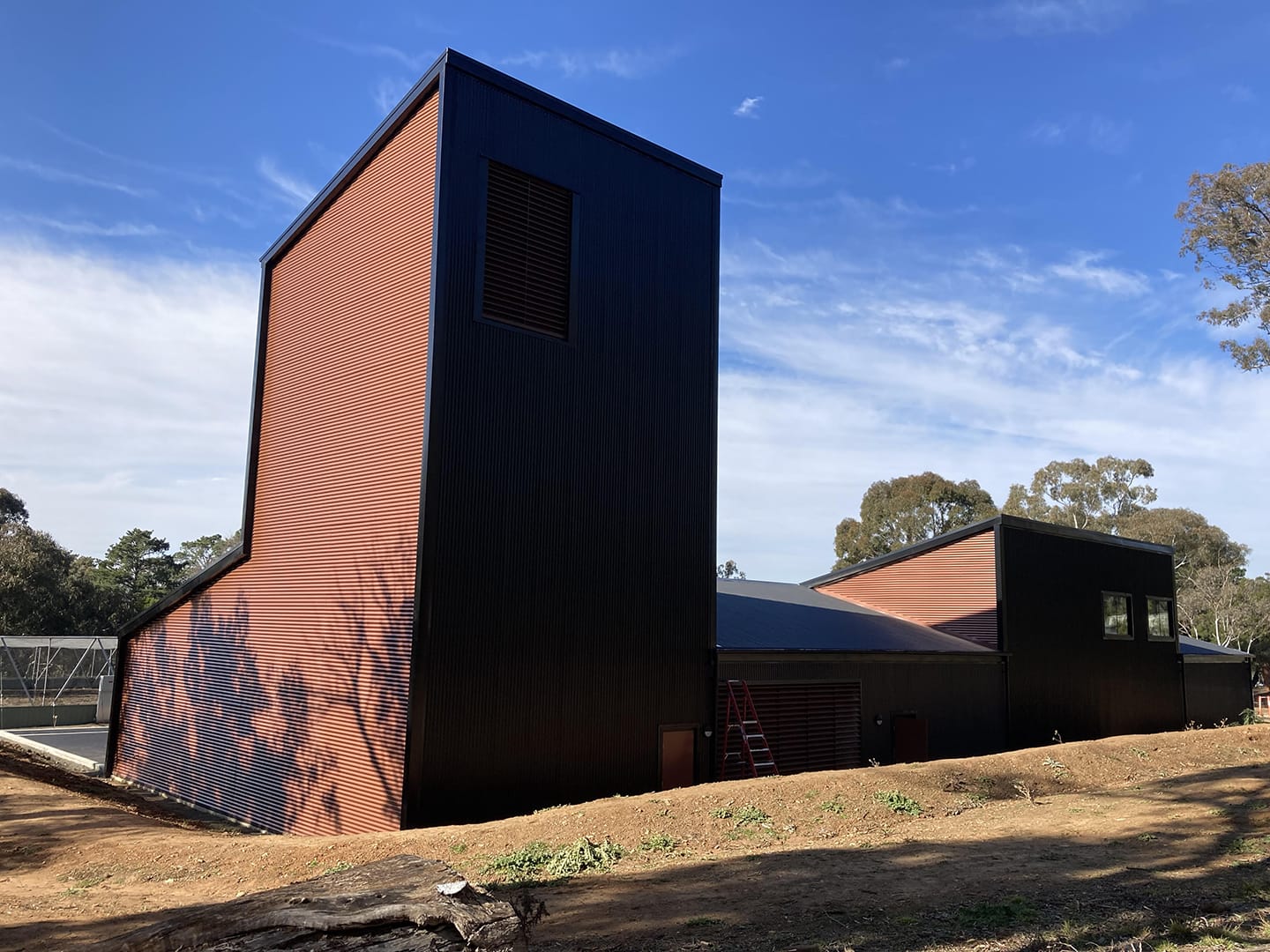story: legacy piece
10 Questions with Angus
Monday, December 13, 2021
We sat down with the commercial architecture team leader at Adhami Pender Architecture, Angus Harker, to find out about some of his design inspirations, what it’s like to work at APA and how he started working on commercial and urban planning projects.
Angus, tell us a little bit about where you grew up, and when you realised you wanted to be an architect?
I grew up in Armidale in the New England region of New South Wales. As a boy I went to church in a fantastic brick cathedral designed by the colonial architect, John Horbury Hunt and I think that this was a seminal early influence. By my early teens I developed an interest in architectural history and especially of ecclesiastical architecture. I read voraciously and visited as many interesting buildings and places as I could. When I was 14 I visited Europe for the first time and spent a month in Vienna, where my sister still lives. If you’re interested in buildings, I’m not sure there is much like stepping into your first gothic cathedral to inspire awe. By the time I finished school I was tossing up between architecture and law but ultimately, I went with my heart and I’ve never looked back. I studied architecture in Newcastle, which must be just about the most perfect place in Australia to be young and free.
Where do you think your main inspirations come from in design? Are there any places that have influenced how you see design or anyone that has inspired you along the way?
Like almost everybody, I have an eclectic hodge podge of influences. My interest for architectural history is as strong now as when I was a boy, so this has a big bearing on how I see design. Of course, we design in our own era and there aren’t many commissions for gothic cathedrals anymore. I believe more than anything in truth and integrity in design and I detect John Ruskin’s architectural principles continue to echo down to us still today. I don’t really like pretence or preciousness in architecture. I also firmly believe that good design doesn’t necessarily cost more. I’d rather see $1000 spent on a slightly larger window that improves light or views than fancy kitchen tapware. I love when architects achieve calm, or beauty, or whimsy, or delight in simple, thoughtful ways. If I had to pick modern architects whose work I admire, I would say Louis Kahn and Carlo Scarpa; both were unashamedly modernists, but their architecture is explicitly rooted in history and humbly reflects and enhances echoes from the past. Of architects working today, I greatly admire the work of Hiroshi Sambuichi, he is a master of prosecuting a clever idea beautifully and simply. My favourite Australian architect is easily John Andrews, and his work is well represented here in Canberra. I love the sheer boldness and monumentality of his work. His design ethos is so assured and clever, in contrast to the humility of the man himself (so unlike so many architects).
Is there a type of architecture that you are more drawn to?
I love solid, masonry or concrete architecture. I haven’t done much work like this, of course, because we don’t build like that much anymore. I sometimes wonder why our culture has lost the confidence to build buildings that are robust and rooted and firm and designed to last. We learn so much from the ruins of the past but the buildings of the late twentieth and early twenty-first century won’t ruin well. We aren’t even being self-consciously ephemeral or light-touched, but our legacy is pretty awful. It’s sad to think that archaeologists and historians of the future will learn much more about us from the plastic in the ocean and our waste dumps than the buildings and sculptures we left behind.
How long have you been working with APA? Can you tell us a little more on how that came about?
I have been working with APA for more than two and a half years. I knew Nabil from my previous employment and I could see some synergies and complementarities and just appreciated his clear vision for his practice and his sound leadership. Nabil wanted to grow his practice in different ways and I had some helpful skills and experience in sectors of the industry that would work with that direction.
Can you describe the way you all work together as a team at APA?
Well we’re a little family. There is no place for specialisation here and no siloes. Design is democratised here, there are no black skivvy-wearing “design leaders”. We have a firm policy on design that we always offer our clients at least three design options in concept phase, and most of the time three different people prepare those options, which results in a wide interpretation of our client’s brief and a better chance of hitting their target. Sometimes that means one of our students will prepare a façade concept for a $20 million dollar building. I don’t know many other architecture practices which give young designers that much opportunity. We’re not a reactive practice, but there is a lot of juggling, which keeps us all fresh and engaged. It’s pretty high energy. I love that we all just talk to each other and that we all know a little bit about everybody else’s work, because more likely than not, we’ve helped out on it.
How did you start working on commercial and urban planning projects?
My university experience was a bit meandering and at one point I moved to Melbourne to complete a graduate diploma in urban design. This ended up being a pretty good decision because my first graduate job was in Sydney in a large commercial practice, which had an in-house urban design and urban planning team , so it was a good fit. We did some very interesting work but one of the more memorable gigs was testing the impact of a local councils’ new planning controls on site yields. I have a bit of a lawyer brain and I like problem solving so understanding and interpreting planning controls is one of my minor powers. I also have a very competitive streak and I don’t relax until I am sure that the full potential of a site is achieved. It turns out that’s exactly what my clients want too!
What do you like more about these types of projects? Can you tell us about one of your favourite projects?
Large projects are complex and have a lot of moving parts. They keep my brain busy because I love to find solutions to complex problems. I’ve designed at a range of project scales, the largest being a mixed use development that yielded over 900 apartments. But sometimes smaller jobs are just as interesting. Recently we completed the CSIRO Pyrotron, a large, bespoke laboratory machine designed to test bushfires under controlled conditions. There was some complexity to the project but one of my favourite aspects was its uniqueness. There is only one pyrotron in the world and we designed the building to house it. I also loved this project because the whole team worked beautifully together to design and build it. We built some really solid working relationships with the project team and the client and that is one of the best outcomes.
What are some of the things you wanted to be remembered for in your work and the work you do with your clients?
A mentor of mine once advised that the role of the architect is to be a trusted adviser. I think this is as good a legacy as any I can imagine. The most important thing in life is relationships. I have always sought to make my client’s goals my goals. Conversely, I appreciate when my clients trust my opinion and aspirations for each project, because if they trust me, they know we are all working towards the same outcome. Completing a good building with relationships and trust intact does honour to everybody involved.
Who are you outside of the office?
I’m a husband and a dad to an eighteen year old girl and a two-and-a-half year old girl. Oddly enough, that takes up a lot of my time. When I have spare time, I love growing vegetables and walking. I listen mainly to baroque music and I love early opera. I also love reading history, my main interest being the early modern period in Europe. I love being out and about in the city so I love cycling, which gives you freedom but you’re connected to what’s happening. And I still go to church.
If you could travel anywhere in the world (imagine that!!) where would it be and why?
I’ve been lucky enough to travel a bit when I was younger. Oddly enough, being a shameless anglophile, I haven’t spent much time in my ancestral homeland, the United Kingdom. I am fascinated by the threads that connect the past to the present and the complex weave of history, our inescapable past. My family has been in Australia, in some cases, for over two hundred years, but I feel some affinity with oaks and beeches and willows and hollyhocks. Among all the things I would love to do in my life, if I had to choose only one, it would be to cycle between every medieval cathedral in England. I reckon my ten-year-old self would approve.




